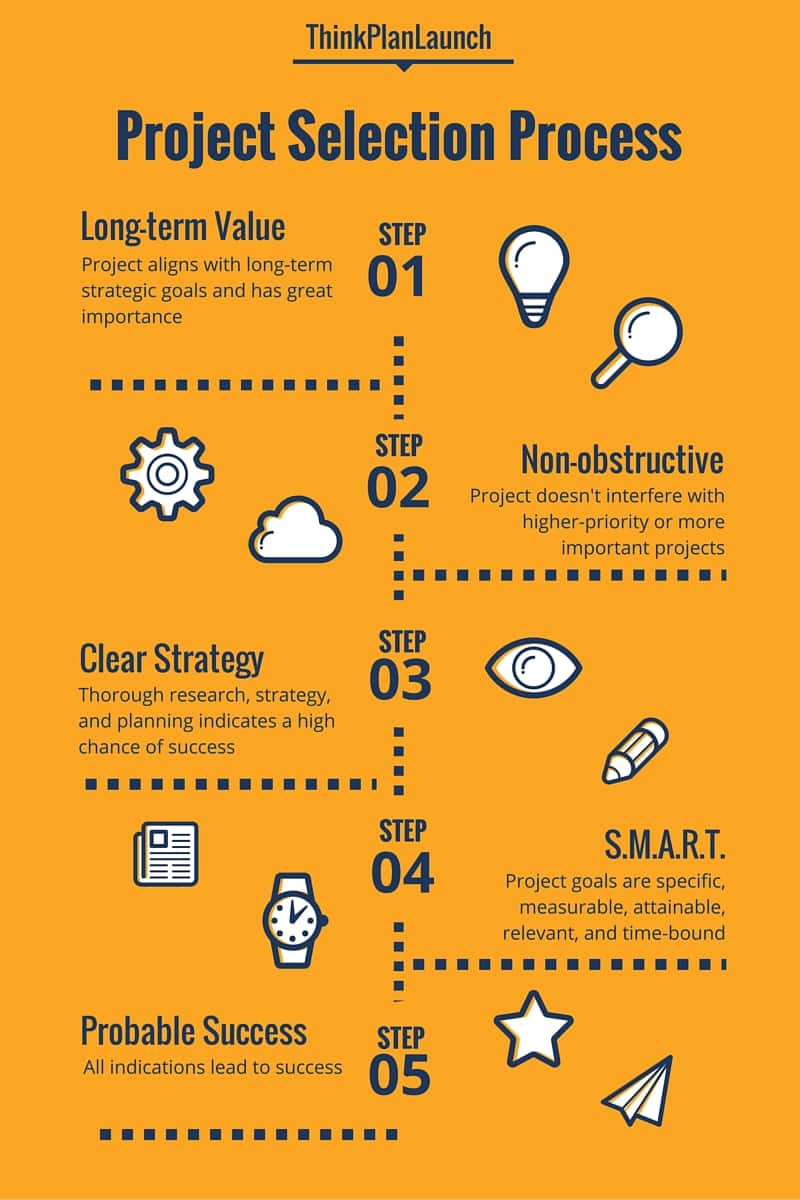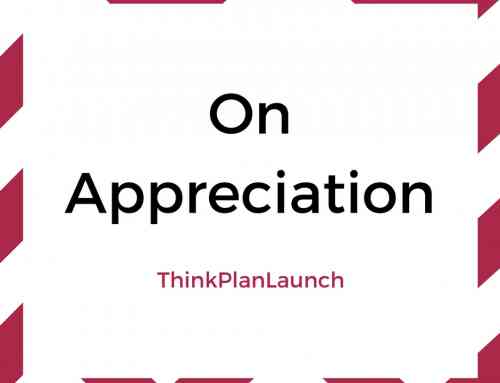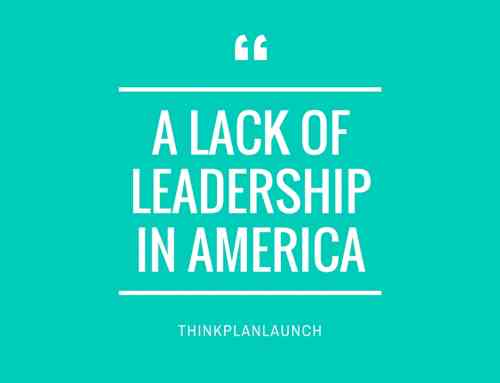Taking on new projects are part of any individual or organizational growth plan. Projects are good. We love them. But, not all projects are alike and some are even harmful.
In this article we look at when and when not to take on a new project and how to make that determination.
Table of Contents
A place for projects
Every single entity on earth has taken on projects of some form. Projects range from simple to complex, short-term and long-term, and have some particular goal to achieve. They differ from long-term routines and operations because there is a defined end to a project. Projects are temporary. However, certain actions from other projects or routines could be integrated into projects to save time and increase efficiency.
Their are millions of projects to take on. However, resources are finite. So only a limited number can be taken seriously. It is impossible to take them all on.

This project selection infographic shows what steps must take place during the selection and trial period of a project. When a step can’t be completed, you should go back to previous steps to make amendments. If previous steps cannot be achieved, the project should be postponed or considered for termination.
Elimination should always be on your mind
When considering, selecting and taking on projects, elimination should be at the back of your head. Saying “no” and making cuts are steps that successful people take.
Time is the most precious resource. In many ways, time is more valuable than money. After all, time costs money.
Society programs us to “complete” and “finish” everything. You can’t watch TV until you “finish your veggies.” You can’t leave the classroom until the “assignment is done.”
While there are practical benefits to completing these smaller tasks when considering the bigger picture, be prepared to give things up. Don’t take it personally. It is only to help contribute to your higher goals.
In many behavioral profile charts, certain people will be prone to 1) take on too many projects and never complete any, 2) hesitate to start in the first place, 3) have difficulty prioritizing projects, or 4) delegating project tasks to others.
Tip: Always be prepared to cut your losses and eliminate projects that don’t have results.
Prioritize projects
Projects have varying effects. They can be effective, efficient, and productive. They can also be time-wasters, irrelevant, and detracting. The best projects have goals which contribute to an individual’s or organization’s long term goals. When considering projects to take on, prioritization is key. That brings up to our next tip.
Tip: Prioritize projects that contribute to your long term goals.
Let’s look as an example. Say your individual goals in life are related to health, happiness, and wealth in that order. An let’s also say that you have two project ideas in mind. One project involves losing weight. Another project involves learning how to fish. There is a direct correlation with weight loss and health. There is a slight chance that learning how to fish might make one happy. In this case, it is easy to prioritize a project related to losing weight.
In an organizational setting, for example, let’s say the long term goals are revenue. One project idea is to initiate a new marketing campaign which aims to increase the amount of customers. Another project idea is to revamp the company’s website to bring in to more modern standards. Both use the same resources. Now, in this case, both might be able to be achieved to some extent, but the higher priority would go to revenue generation as it opens the doors to gaining more resources.
In any case, you can see how projects can contribute to long term goals and outcomes. Some are better than others. It would be more effective for someone who is health-conscious to focus on health projects than entertainment projects, thus, it should be prioritized. Organizations focused on revenue must prioritize revenue generation and ROI rather than aesthetics (unless that contributes to the same goals).
Next steps after project selection
After a project has been considered and prioritized the next steps to take are research, strategy, and planning. These steps will help determine the project requirements, resources needed, and which specific objectives should be achieved. Also, in conjunction with the first tip, this phase let’s you ask yourself if the project is worth starting.
Before proceeding, it is important that this first phase is done by yourself or someone capable and trusting. If this project was inspired by someone else then you should be very careful. There are many consultants, promoters, and “do-gooders” out there that claim that they have all the information and a pathway to success. This topic is best left for another article.
One thing to note about this step is that High-D people will often gloss over the details while High-C people will get dragged down by slower decision-making.
Research
This first step will introduce you to the intricacies of the project. You will uncover the size of the project, estimate its use of resources, level of difficulty, and what you’ll need to carry out the project from start to finish.
Being thorough with research is critical. Projects fail all the time because research was insufficient. Complications that arise could either have been prevented or understood early enough to reconsider the next steps. Underestimation results in projects going over-budget and past the due date.
Again, you’ll want to evaluate the practicality and effectiveness of the project at this point. Often, the research phase will be early enough that you’ll easily cut your losses before you commit. Ask yourself if you should eliminate the project.
If the project is feasible, high priority, important, or highly-rewarding, continue. Difficulty of a project might help eliminate it, but if it is something important, resist the urge to give up early.
Strategy
Strategy makes projects efficient and leads to greater success. It will help save time and resources. It will also help ensure the next steps run smoothly. It defines the goals and outcomes as well as the metrics needed to determine progress and success.
Any project of any size or scope should have a clear, defined outcome. There should be goals that define the outcome. It’s helpful to create SMART goals (specific, measurable, attainable, relevant, time-bound). It is in these SMART goals that you will be able to determine whether to proceed or not. Are the goals specific? Can you explain it to a five year old? Are they measurable? What quantitative evidence signifies success? Can you do it? Is it pie in the sky or something that can be done? Is it relevant to your overall goals? How does it help you in the endgame? Will it fit in with your plans or take forever?
If you can’t answer these questions, you have a few options. The first option is to break up the project into something smaller and more attainable. A second option is to get help from experts. A third option is to eliminate the project and move.
Planning
If the strategy has been set, planning may proceed. The complexity of the project will determine the level of skill needed with project planning. For many organizations, seasoned project managers are needed. For individuals doing something more simple, they can deal with it themselves.
Planning aims to show how to achieve the goals set by the strategy.
Obviously, planning takes place after research and strategy. It is a critical step but it heavily relies on the previous steps. It is important to understand error. With each proceeding step, errors become compounding and can grow into major blockers. When planning, be thorough. Go back to the beginning if needed and rework the project.
Above all else, determine whether the planning is sufficient for success. In some cases, the level of importance of the outcome will outweigh the need for thorough planning. Many time-sensitive projects need to be started ASAP. It isn’t ideal, but when some opportunities arise, the person who starts first might end up being the winner. While it sounds contradictory to everything mentioned before, it falls in line with the rule of prioritization.
Project progress
Getting from start to finish on a project can be challenging. If anything, embarking on a new project will uncover new information and might require you to pick up some new skills. Likely, this will be great for future projects.
There are many techniques used for completing a project. One of my favorite is the agile methodology which works well with technology and technology-driven organizations. Whichever method suits you, use that.
During this middle phase, you will need to continue to ask yourself:
- Is this project still important and relevant to my long term goals?
- Is this project worth the cost and effort?
- How can I motivate myself and everyone else involved to see it through completion?
- What other projects are affected by this one?
These kinds of questions will determine if strategy or planning needs to be revisited and revised. Certainly, if this project is interfering with higher priority projects or more important projects, than you might want to reconsider the schedule or whether completion is needed or not.
If you can’t answer these questions, then the project might be at jeopardy and continuing with it might be unnecessary.
If the project is starting run off the rails and it is a critical project, you might need to consider crashing the project. That is, reducing the time or costs to complete the project. This kind of measure is acceptable but comes at a cost to quality or returns.
Ending a project
When the goals of a project are completed, the project can be considered done. Stopping there would be premature. Analyzing the project can reveal information that can be used for other projects now or in the future. Skills picked up, relationships made, or other resources gained can be transferred. Even if the project wasn’t completed, parts of it can be used.
If the project hasn’t been completed and conditions change where the project is being considered to be eliminated or suspended, then a plan should be drafted for winding down the operations.
Resources being consumed should be dealt with, communication should occur with involved parties, and considerations should be made on the future viability of the project.
Sometimes, you just need to put a project on hold until conditions change again. Sometimes it makes sense to bury a project. Whatever the case may be, there is no need to feel like you have failed. Smart people know when to quit. Successful people know when to change directions. Take what you can from what you have already gained and apply it elsewhere.
Managing multiple projects
Time management and project management are two skills which can turn a man into a machine. Renaissance men have be able to master skills in diverse fields and have accomplished feats that have never been done before. Some have learned dozens of languages, some have contributed to science and made history. Other’s have created multiple billion dollar enterprises. Organizations have made innovations in products and services simultaneously.
The unique set of skill that these people and organizations possess set them apart from others. A lot of it boils down to being able to manage their time wisely and knowing how to prioritize. Having the ability to cut out what isn’t important is all part of the process. Less is more. Big corporations will do it all the time. They start projects, analyze the potential, then decide to continue with it or to shut it down.
Aside from saying no to projects, what can you do when you have quite a few on the plate already? Well, if you can’t minimize anymore, than you’ll need to really dive into the details.
Projects consist of tasks, objectives, milestones, metrics, and schedules. Having multiple projects running on time isn’t much different from having a factory that has multiple assembly lines running. Each needs to meet deadlines so that the entire operation runs smoothly.
Project managers use Gantt charts and network diagrams to run individual projects but sometimes are used in a macro setting to run multiple projects. It can get quite complex.
Organization and measurement is important. Feedback is also important too. These kinds of topics deserve separate attention.
In the midst of having multiple projects, taking on a new one can become detrimental to everything else. The more projects being involved in, the more complex the entire operation becomes. Other projects need to be modified to accompany new projects. Someone who takes on too much will never get anything done.
It’s because of this we advise intense scrutiny is undertaken to determine to start a project or not. In many cases, it might take a fundamental change in the environment to justify starting a new project. A new opportunity emerges or an obstacle comes in place. A big change in overall directions is called a pivot in the lean startup community. It happens all the time when results are prioritized.




Leave A Comment